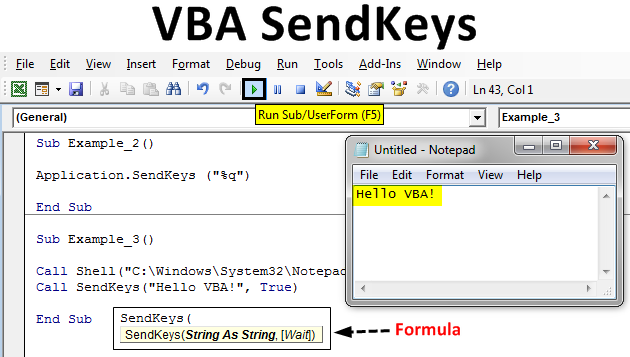
Of course, you could just as easily combine all three into a Select Case statement and use a single function to pass a conditional argument that specifies which save to execute. ActiveWorkbook.Close True End Sub Sub CloseActiveWB() 'Close the active workbook. ActiveWorkbook.Close False End Sub Sub CloseActiveWBWithSave() 'Close the active workbook and save. The following procedures use the ActiveWorkbook property to close the active workbook: Sub CloseActiveWBNoSave() 'Close the active workbook without saving.

However, it's invaluable when referencing the active workbook remotely.įor example, after passing data to an active workbook, you'd probably want to save that workbook, which is a simple task for the ActiveWorkbook property. It's perfectly acceptable to use this property to reference the active workbook from code inside the active workbook. The active workbook may or may not contain the code that's referencing the active workbook, which is an important distinction. VBA's ActiveWorkbook property refers to the workbook with the focus. Windows 11: Tips on installation, security and more (free PDF).Kodachi is the OS for those who value privacy but don't want to learn Linux.AWS outage: Your response to AWS going down shouldn't be multicloud.Log4j: How to protect yourself from this security vulnerability.


 0 kommentar(er)
0 kommentar(er)
